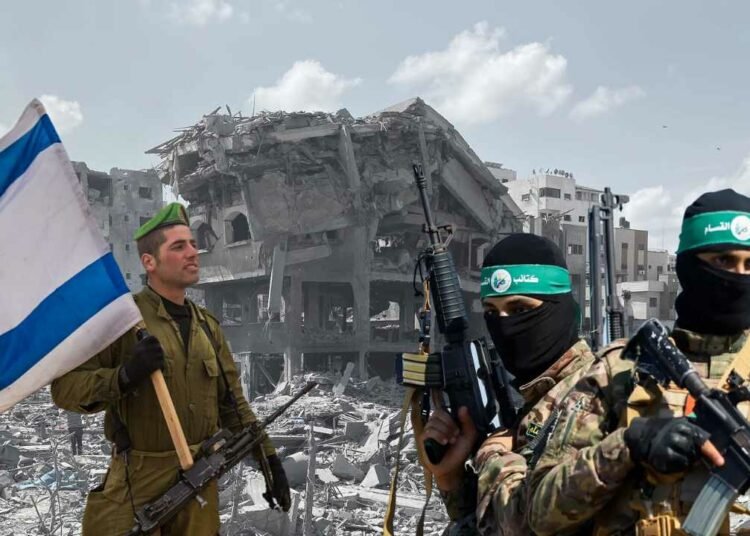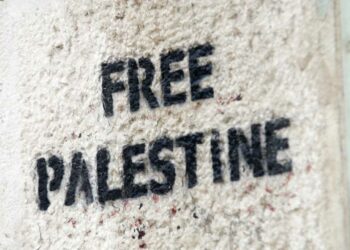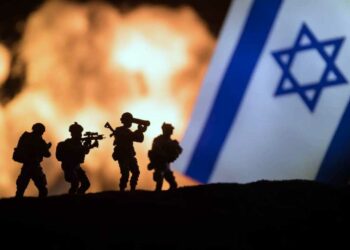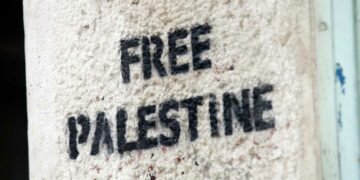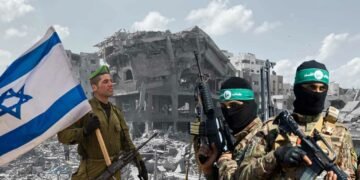When discussing the complex and enduring conflict between Israel and Hamas, a question often arises: Can Israel defeat Hamas? This inquiry delves into the heart of Middle Eastern geopolitics, touching on a history of tumultuous relations, military engagements, and ceasefires that have shaped the region. Israel, with its technologically advanced military and the backing of powerful allies, stands as a formidable force. However, the resilience of Hamas, despite international pressures and significant challenges, raises questions about what “defeat” truly means in such a protracted conflict. This article aims to explore the multifaceted aspects of this question, examining the military, political, and humanitarian angles to understand the prospects of a conclusive resolution to the hostilities between Israel and the Gaza-based organization, which many countries, including the United States and members of the European Union, designate as a terrorist group.
Can Israel Defeat Hamas
Historical Context and Background
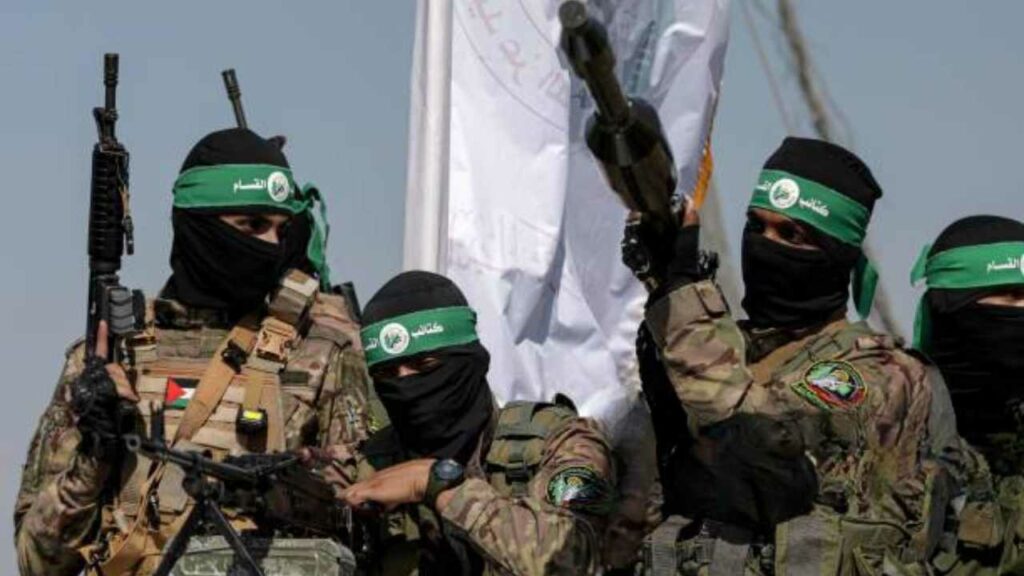
Understanding the Origins of the Israel-Hamas Conflict
The conflict between Israel and Hamas is a complex and long-standing issue deeply rooted in the broader Arab-Israeli conflict. The origins of the current conflict can be traced back to the establishment of Israel in 1948 and the subsequent Arab-Israeli wars, which led to the displacement of Palestinian people and the occupation of Palestinian territories. Hamas, a Palestinian Sunni-Islamic fundamentalist militant organization, was founded in 1987 during the First Intifada (uprising) as an offshoot of the Muslim Brotherhood. Its charter initially called for the establishment of an Islamic state in the area that includes present-day Israel, the West Bank, and the Gaza Strip.
The Evolution of Hamas’s Role in the Palestinian Territories
Over the years, Hamas has grown from a guerilla movement to a significant political entity within the Palestinian territories, particularly in Gaza. After winning a majority in the 2006 Palestinian legislative elections, Hamas took control of the Gaza Strip in 2007, leading to a political split with the Fatah party, which controls the Palestinian Authority in the West Bank. This division has been a significant factor in the dynamics of the Israeli-Palestinian conflict, with Israel and much of the international community refusing to deal with Hamas until it renounces violence and recognizes Israel’s right to exist.
Previous Conflicts and Ceasefires: Patterns and Outcomes
The history of the conflict is marked by several intense bouts of fighting, such as the Gaza War (2008-2009), the November 2012 clashes, the 2014 Gaza War, and more recently, the 2021 Israel-Gaza crisis. These conflicts have often ended with ceasefires mediated by international actors, but without a resolution to the underlying issues. The patterns observed include a cycle of violence followed by temporary truces, a buildup of military capabilities, and then renewed conflict.
In each of these conflicts, both sides have suffered casualties, with a significant impact on the civilian populations, particularly in Gaza. Despite Israel’s military superiority and effective missile defense system, the Iron Dome, Hamas has continued to pose a challenge through its use of tunnels, rockets, and, more recently, incendiary balloons and kites.
The outcomes of previous conflicts have not led to a decisive military victory for Israel over Hamas. Instead, they have resulted in significant destruction in Gaza, a humanitarian crisis, and international calls for an end to the violence. The repeated patterns of conflict suggest that while Israel has the military capability to inflict significant damage on Hamas, achieving a lasting defeat of the organization is complicated by political, humanitarian, and international legal considerations.
Military Capabilities and Strategies
An Assessment of Israel’s Military Strength and Technological Advancements
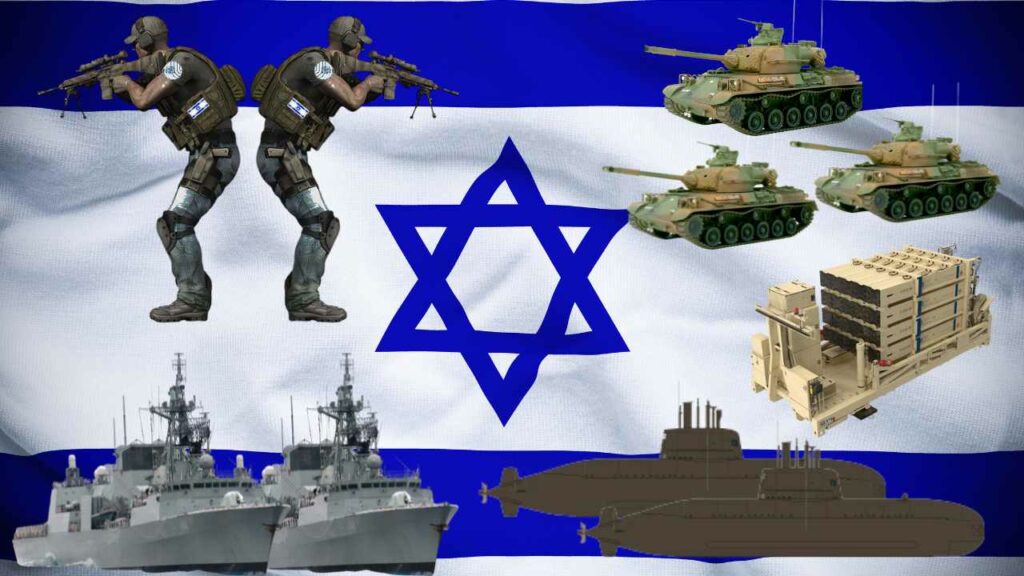
Israel has long been recognized as one of the most formidable military powers in the Middle East. With an annual military budget of around $23.6 billion as of 2023, Israel’s military spending surpasses the combined total of Egypt, Iran, Lebanon, and Jordan. The Israel Defense Forces (IDF), established shortly after the state of Israel in 1948, have a tradition of compulsory military service starting at age 18, contributing to a substantial force of approximately 169,500 active-duty personnel and around 465,000 reservists.
Israel’s military strength is augmented by its possession of sophisticated drones, fighter aircraft, tanks, submarines, and artillery. The nation is believed to have dozens of nuclear warheads, although it has never officially acknowledged them. The IDF’s arsenal includes approximately 2,200 tanks, several dozen surface vessels, around 15 warships, and five Dolphin-class submarines. The drone arsenal comprises advanced models such as the Heron, Hermes, and Skylark series.
The Iron Dome missile defense system, operational since 2011, is a cornerstone of Israel’s defense strategy, using radar technology to intercept and destroy short-range rockets. The U.S. is the primary supplier of military aid to Israel, contributing around $130 billion since its founding, with $3.8 billion in military assistance last fiscal year alone. This support includes advanced military equipment like the F-35 Joint Strike Fighter.
Hamas’s Military Capabilities, Including Their Rocket Arsenal and Tunnel Networks
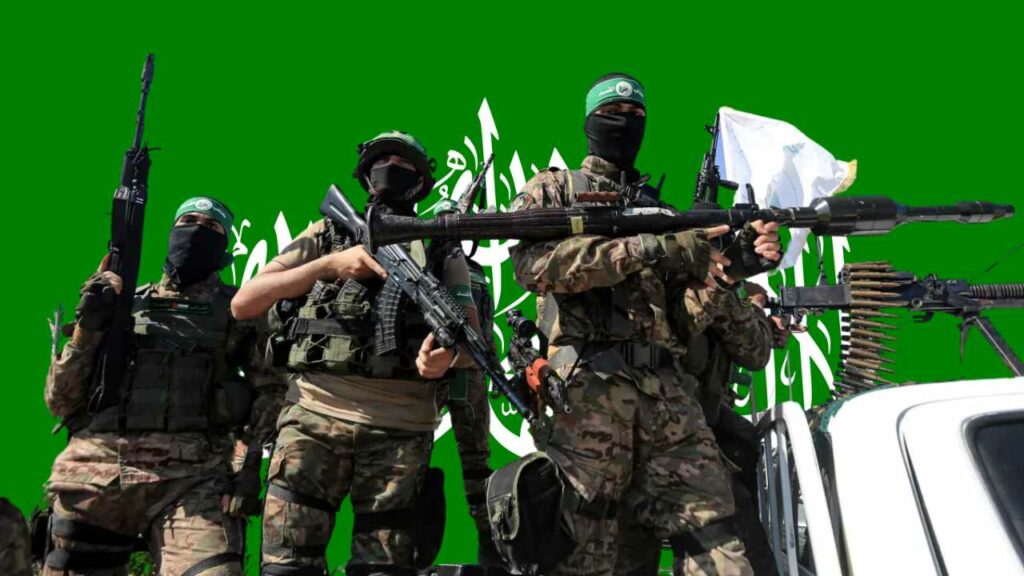
Hamas’s military wing, the Izz ad-Din al-Qassam Brigades, has relied on a guerrilla-warfare strategy for over three decades. This includes the use of rockets, snipers, improvised explosive devices (IEDs), and a network of underground tunnels for attacks against Israel. Despite Israel’s control over the borders and movement in Gaza since 2007, Hamas has maintained its ability to launch rockets into Israeli territory and use tunnels for smuggling and surprise attacks.
The Impact of Regional Alliances and International Military Support
The regional alliances and international military support have significant impacts on the conflict. The U.S.’s unwavering support for Israel ensures that the IDF remains technologically advanced and well-funded. Conversely, Hamas has historically received support from Iran in the form of funding, weapons, and training, which has been a critical factor in maintaining its military capabilities.
The complexity of the military capabilities and strategies of both Israel and Hamas indicates that the conflict is not merely a matter of military might but also of strategy, international relations, and the ability to adapt to changing technologies and tactics.
Political Dynamics and Leadership
The Political Objectives of Israel and Hamas
Israel’s political objectives in the conflict with Hamas are centered around ensuring the security of its citizens and maintaining its sovereignty. Israel seeks to prevent attacks on its territory, particularly rocket fire and border infiltrations, and to deter Hamas from gaining military strength.
Hamas, on the other hand, was established with the aim of resisting Israeli occupation and has called for the establishment of a Palestinian state in place of Israel. Over time, while Hamas’s political stance has included a variety of positions, including periods where it has indicated a willingness for a long-term truce under certain conditions, it has not formally recognized the state of Israel.
The Role of Leadership on Both Sides in Influencing the Conflict
Leadership plays a crucial role in the Israel-Hamas conflict. Israeli leaders have varied in their approach to Hamas, ranging from military engagement to attempts at economic and political isolation of Gaza. Israeli leadership decisions on military operations, settlement policies, and engagement with international peace efforts significantly influence the conflict’s dynamics.
Hamas leadership has also significantly impacted the conflict’s trajectory. The decisions to engage in military confrontations with Israel, the management of Gaza, and the negotiation of ceasefires are all influenced by Hamas’s internal leadership dynamics and its relationship with other Palestinian factions.
The Influence of International Politics, Including the Positions of the UN, the USA, and Other Influential States
International politics play a pivotal role in the Israel-Hamas conflict. The United Nations has repeatedly addressed the conflict, with various resolutions calling for ceasefires, withdrawal of Israeli forces from occupied territories, and respect for international humanitarian law. The UN’s role is often as a mediator and provider of humanitarian aid, especially through agencies like UNRWA (United Nations Relief and Works Agency for Palestine Refugees in the Near East).
The United States has historically been a key ally of Israel, providing extensive military aid and diplomatic support. U.S. leadership has often influenced the conflict’s course, with its positions on peace processes, recognition of Jerusalem as Israel’s capital, and responses to military engagements between Israel and Hamas.
Other influential states, including regional powers like Egypt and Qatar, have played roles as mediators in ceasefires and as conduits for negotiation. European countries, Russia, and China also have stakes in the region’s stability and have variously exerted diplomatic pressure, provided humanitarian aid, or called for peace talks.
The interplay between the political objectives of Israel and Hamas, the decisions made by their respective leaderships, and the influence of international politics creates a complex web that shapes the ongoing conflict. Understanding these dynamics is crucial for any comprehensive analysis of the potential for Israel to defeat Hamas or the prospects for a lasting peace.
Humanitarian Impact and Civilian Perspective
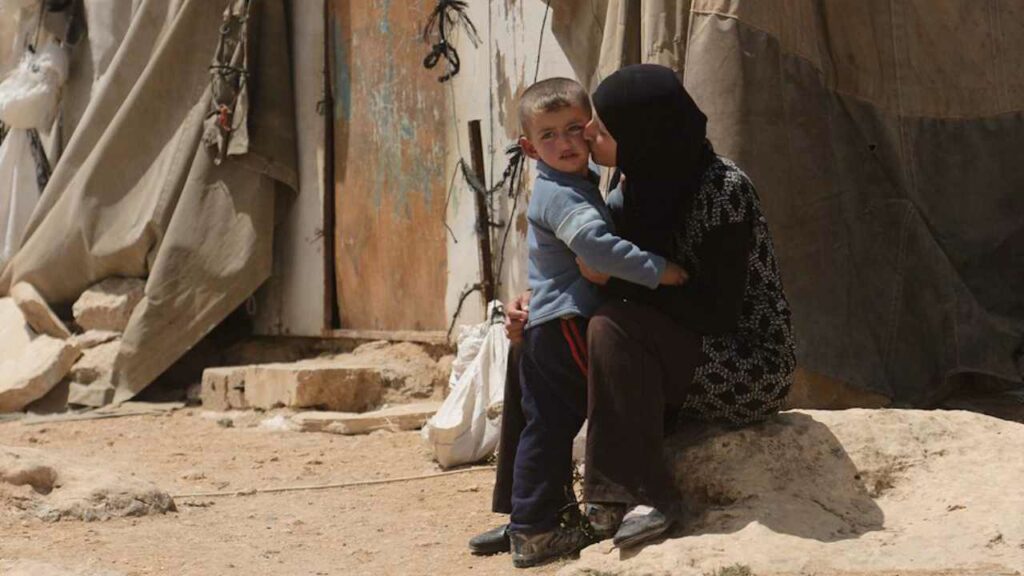
The Toll of the Conflict on Civilian Populations in Both Israel and Gaza
The conflict between Israel and Hamas has had a profound impact on civilian populations, with significant loss of life and injury on both sides, especially Gaza. According to various sources, including government and international organizations, the conflict has resulted in an estimated 1,400 Israelis and more than 6,500 Gazans killed over the years. The repeated cycles of conflict have not only caused immediate casualties but also long-term psychological trauma, especially among children and women. The humanitarian situation in Gaza is particularly dire, with the blockade leading to economic devastation, widespread destruction, and most people being largely cut off from the outside world.
Human Rights Considerations and Reports from International Organizations
Human rights organizations and international bodies have raised concerns about the humanitarian impact of the conflict. Reports from entities like the Council on Foreign Relations and Oxfam International highlight the catastrophic humanitarian crisis in Gaza, exacerbated by the blockade which has been in place for years. The blockade has been criticized for collectively punishing the civilian population, restricting the flow of goods and services, and contributing to a decline in living standards.
The Role of Media in Portraying the Humanitarian Situation
The media plays a crucial role in portraying the humanitarian situation to the global audience. Coverage of the conflict often shapes international perception and can influence the response of the international community. However, the media’s role is complex, with challenges including access to conflict zones, the potential for bias, and the difficulty of conveying the full scope of the humanitarian impact. The portrayal by different media outlets can vary significantly, with some focusing on the political and military aspects of the conflict, while others highlight the human suffering and calls for humanitarian aid.
The humanitarian impact of the Israel-Hamas conflict is a critical aspect that requires careful consideration. The civilian toll, the human rights implications, and the portrayal of these issues in the media are all factors that contribute to the international understanding of the conflict and the response it elicits.
Prospects for Peace and Conflict Resolution
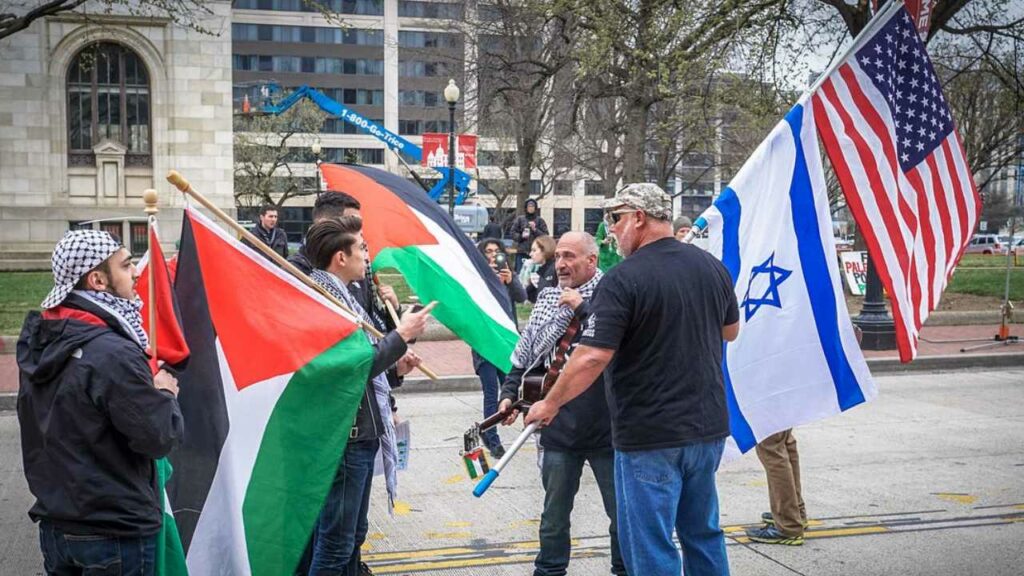
Previous Peace Efforts and Their Successes or Failures
The history of peace efforts between Israel and Hamas is marked by numerous attempts that have seen varying degrees of success and failure. Notable efforts include the Oslo Accords in the 1990s, which established the Palestinian Authority and set a framework for future negotiations, but ultimately failed to resolve the key issues. Subsequent summits and negotiations, such as the Camp David Summit in 2000 and the Annapolis Conference in 2007, also did not lead to lasting peace.
Ceasefires, often brokered by international mediators like Egypt or Qatar, have temporarily halted hostilities but have not addressed the underlying causes of the conflict. These efforts have been criticized for failing to engage with the root causes of the conflict, including security concerns, borders, the status of Jerusalem, Palestinian statehood, and the right of return for Palestinian refugees.
Current Initiatives for Peace and Their Potential for Success
Current initiatives for peace are often overshadowed by the cycle of violence and the lack of trust between the parties. International calls for peace, such as those from the UN High Commissioner for Human Rights, emphasize the need to end violence and seek alternatives to the ongoing conflict. However, the deep-seated issues and mutual distrust make the prospects for successful peace initiatives challenging.
The international community continues to advocate for a two-state solution as the most viable option for lasting peace, but progress is slow. Initiatives that focus on improving the humanitarian situation in Gaza, such as easing the blockade to allow for the flow of goods and services, are seen as steps that could build confidence and pave the way for more substantive peace talks.
Analysis of What a Lasting Resolution Might Look Like and the Obstacles to Achieving It
A lasting resolution would likely involve mutual recognition, security guarantees, a resolution to the refugee issue, defined borders, and the establishment of a sovereign Palestinian state alongside Israel. However, the obstacles to achieving this are significant. They include political divisions within Israeli and Palestinian societies, the role of regional actors, the influence of international politics, and the need for security and recognition of both peoples’ rights and aspirations.
The humanitarian crisis in Gaza, exacerbated by blockades and military operations, presents an immediate challenge that needs to be addressed to create an environment conducive to peace talks. The international community’s role in providing aid, facilitating dialogue, and holding parties accountable to international law is crucial in moving towards a resolution.
